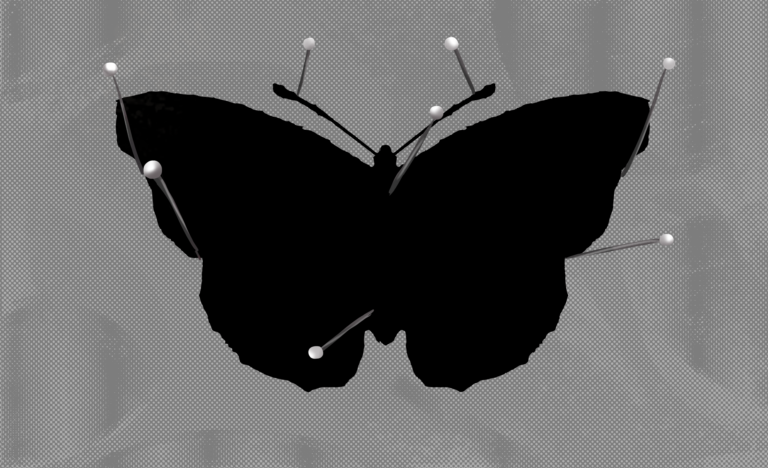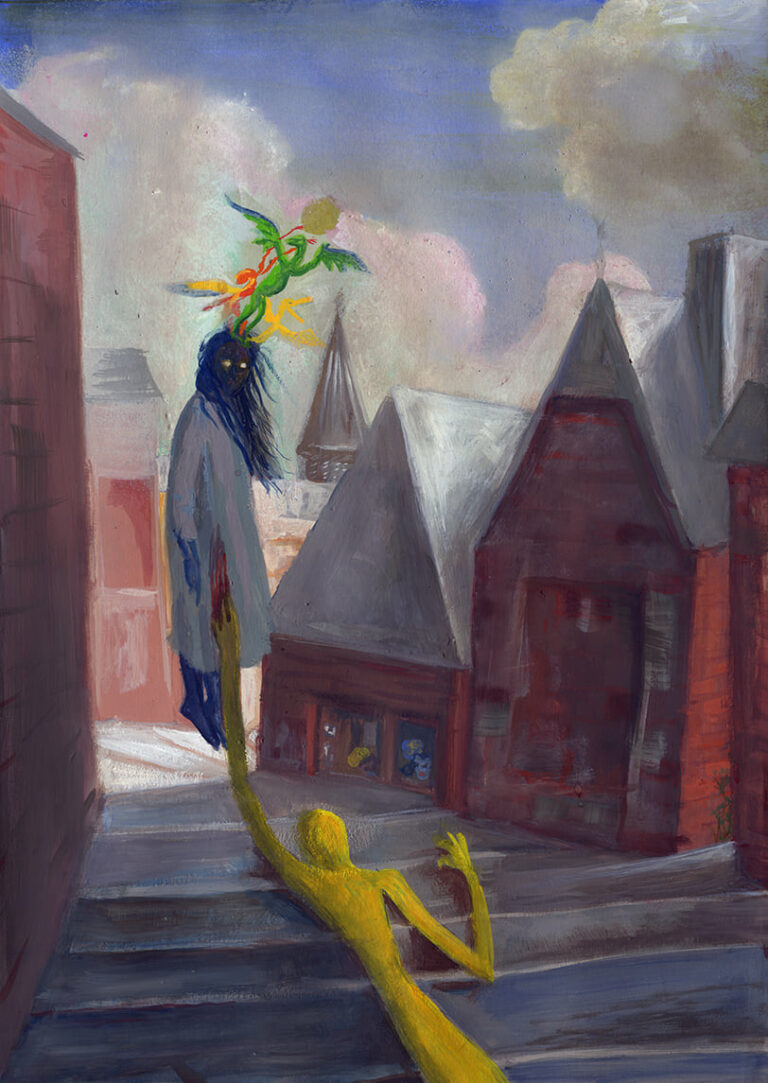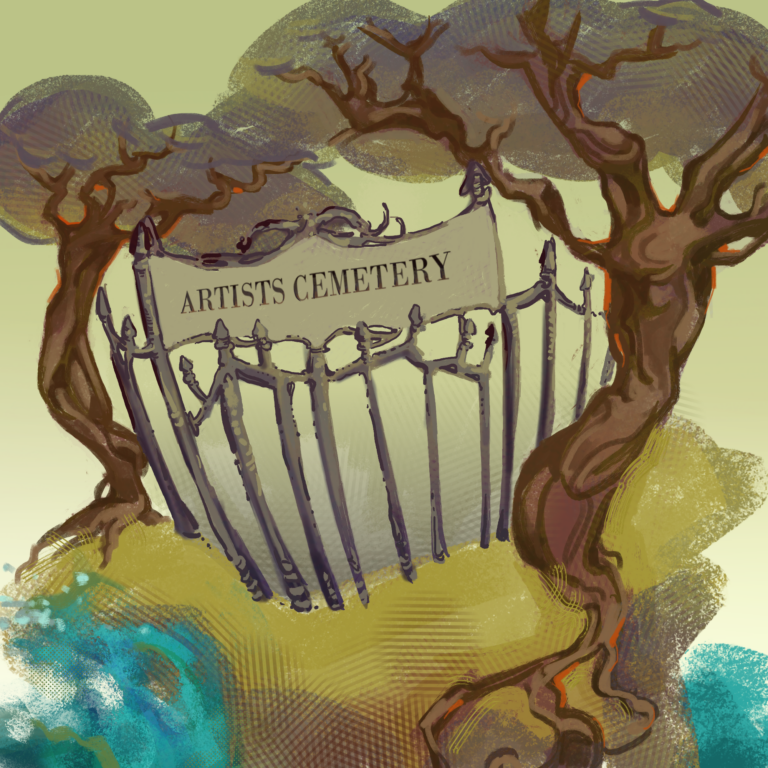Queer Gothic. Feminist Gothic. Southern Gothic. Victorian Gothic. Gothic Horror, Gothic Romance. Comic Gothic. European Gothic, Irish Gothic, English Gothic. Polish… Romanticism? Polish Gothic: queer? feminist? comic? Uncanny.
The last three days of April I spent in Wrocław, to all intends and purposes taking part in a conference at the local university on Miron Białoszewski, a versatile writer who some of his experimental prose wrote in the key of Gothic. And yet the second day of my visit, which also happened to be my birthday, I passed in the company of my few close friends, walking, talking, celebrating, and shooting outlandish projects with voodoo dolls next to a prison, including a broken antique radio and a stethoscope. In the evening, we went to see a musical version of Frankenstein. On the third day, after some deliberating and at my suggestion – and to further celebrate my birthday — we went on a short trip to Ząbkowice Śląskie. Now all you non-Polish readers are asked to pronounce the name: Ząbkowice Śląskie. Got it? You need it to become a fully-fledged Goth; not to mention a “Polish Goth.” You’re telling me you’ve never heard of Ząbkowice Śląskie before? I tell you, neither had I – even up to a few years after having written my book on Polish modernist queer Gothic. It was only recently that I found out that the actual Frankenstein castle is – believe it or not – in Poland. Or, more precisely, that there is another Frankenstein castle. Uncanny. Mary Wollstonecraft and Percy Shelley visited the Frankenstein castle in Odenwald, Germany, in 1815. This castle dates back to the thirteenth century. Coincidentally, the town of Ząbkowice Śląskie was established as a civitas Frankenstein in the same period by Western Slavic princes, and it became part of Poland in 1945. The castle was built in the fourteenth century and was where, legend has it, experiments on human remains were undertaken; the implication being that reports of these could have influenced Mary Shelley. In Odenwald they will tell you a different story: that the writer was inspired by a local eighteenth-century alchemist who carried out experiments. Now we could tear Frankenstein’s Creature, composed of many pieces, into two pieces, and plant one leg as a sort of a pennant or streamer in Odenwald and the other one in Ząbkowice Śląskie. Also sprach the Gothic King Solomon.
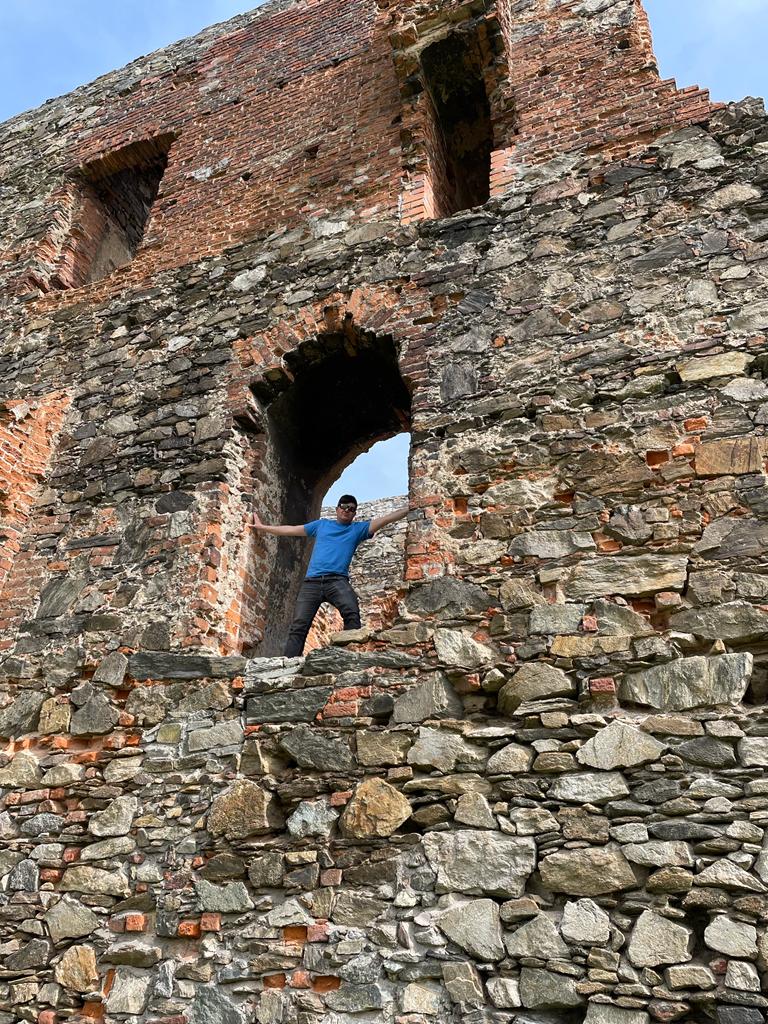
In what follows, I wish to look at the Frankenstein castle – The “Polish” one – as an allegory of Polish Gothic. Outside Poland, the castle is hardly known about. However, it should be, and floods of tourists should be regular visitors since the myth of Frankenstein, more than the novel, is a recognisable force. Within Poland, the town and its treasure remain uknown, too. These ruins are some remains located on t h e m a r g i n s or p e r i p h e r i e s. And yes, Polish culture, like it or not, from a global perspective is a “peripheral” culture, “minor(itarian)” culture. Not necessarily because of its quality – rather because the relevance or importance of cultures for ages was based on the imperial status of countries that were correlative to them – you know, the bigger country, the bigger army, the better (more relevant) culture. Go to any department of Slavic studies in the world and you will witness this for yourself. This is implied in the allegory of the Polish castle as well – these ruins are cast as a “category B” Frankenstein castle, a “poor cousin” of the Alpha one. However, if we examine Polish literature, we will find that Gothic fiction also resides in its “margins.” In global terms, the Gothic or Gothic literature in Poland lies on the periphery of the periphery. In the nineteenth century the true Polish “Gothic” novels were not of great quality, and they were considered inferior to visionary dramatic pieces by prominent Polish romantic poets, while Narcyza Żmichowska’s great novel The Heathen (or The Pagan Lady, as you could translate it), arguably the first original novel in Polish language (I know that some scholars are now boiling), which is in its essence a perfect Gothic novel, although this aspect is not widely acknowledged. Why? Because Gothic “degrades.” Likewise, all the dispersed twentieth century highbrow novels that actually employ Gothic conventions or could be read as Gothic, either concealed it with a comic smile (Michał Choromański, Witold Gombrowicz, Miron Białoszewski), or cloaked it in a different genre such as “historical novel,” or “political allegory” (Jerzy Andrzejewski), or children’s story (Janusz Korczak). Yet the Ząbkowice-Frankenstein castle allegory reveals one more insight: the Gothic was there at the beginning, if perhaps overlooked or repressed. According to a well-known genealogy, the figure of the “vampire” has its roots in Slavic mythology and religion (certainly practiced in the past also on what constitutes the territories of contemporary Poland): wąpierz. (Yes, you can start practicing the pronunciation). However, since forms of pre-Christian or pagan practice had been suppressed in Poland, the vampires that influenced Polish writing were [re]adopted from both English and German cultures. In short, playing with the allegory: to fully acknowledge and appreciate the Polish Frankenstein castle, we should first go to Germany and examine how much the Germans appreciate theirs. This is a plot that summarises much of Polish culture, like it or not.
Now, let me, in passing, give you one more tip in this tourist guidebook: you can visit another Polish Gothic castle after Ząbkowice, namely Krzyżtopór (and take in the Wawel, and Malbork in passing). Krzyżtopór lies in Ujazd, a part of Poland that belonged to the country for far longer than the area where civitas Franskenstein / Ząbkowice Śląskie is situated. It is a marvellous mannerist labyrinthine castle from the eighteenth century, now in ruins, which was mythicised and Gothicised by Tadeusz Miciński, one of the major Polish (early) Modernists; a writer who used the Gothic convention in his novels: Nietota and Wita. In doing this, he wished to convey the notion that, contrary to the more widespread notion, the best of Polish culture is mannerist, not classical, and it should be Gothic – this is the spring we should turn to.
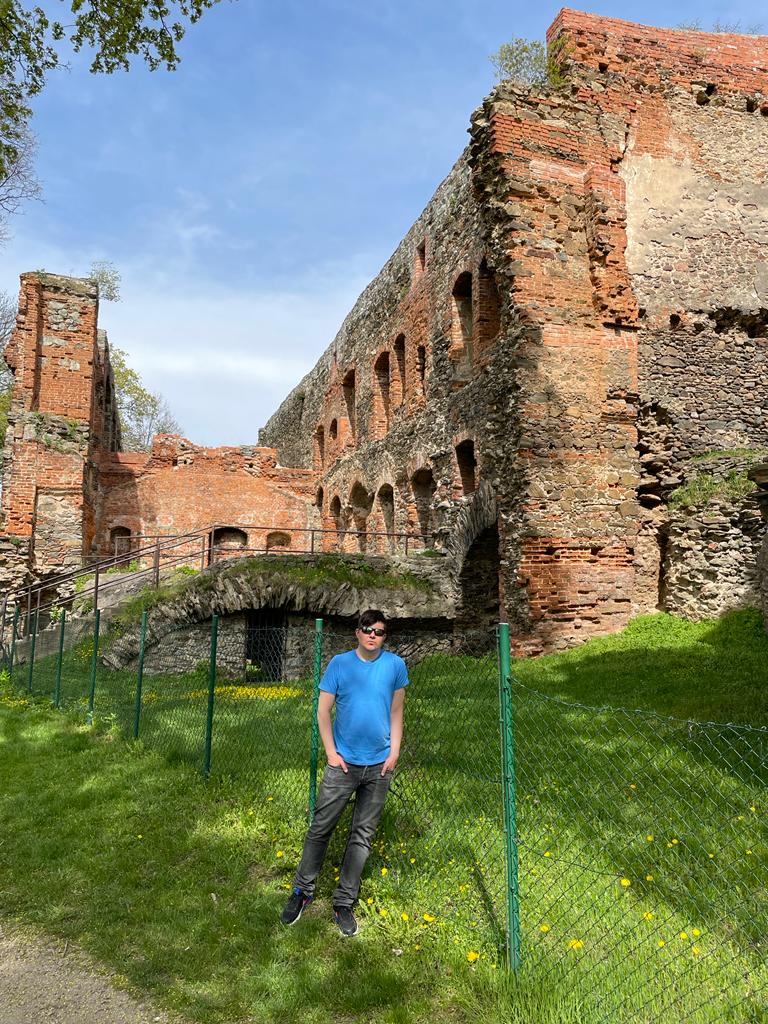
As you see, I like allegories, and thus I wish to suggest that in Polish Gothic we in more ways than one align ourselves with Miciński’s defiance. We like “peripheral” and “marginal”; we are not afraid to be cast as “category B”; however, conversely, we are not averse to hauling Gothic imagery to the center, reclaiming and revealing what has been repressed. Over the last few years, there has been a growing interest in the Gothic and its offspring – both the legit and the bastards. Young writers and students choose Gothic! (Whether that says anything about contemporary Poland both politically and socially, subsequent issues of Polish Gothic might investigate and reveal). We understand “Gothic” here in a broad sense of the term – as does most academic research in the field and as such we publish not only ghost stories (although ghosts are cool, and nobody should want to mess with them!) – but also writing suffused with tension, a certain mood, and, more to the point, work that has some “critical edge,” while flaunting its “excess” – a potpourri, a patchwork, a refined chaos – akin to Frankenstein’s Creature. Even though the notion of a “Polish Gothic” existing as a consistent subgenre of the globally recognised “Gothic literature” has arguably remained unrecognized until the present, after years of surviving in disguise, deeply embedded, hidden from view, we might be witnessing its visible emergence.
And why in English? Uncanny! Could it be that now, in an age brimming with a proliferation of new media and emerging genres such as fan fiction, slash fiction and so on, writing is following in the steps of the music industry. We are in a time when Swedes write global hits in English and their English-speaking audience readily sings along to them, regardless of mistakes. People across the world are engaging in writing in the common language – a lingua franca – share their stories and connect. We, as “Gothicists,” the cognoscenti, have something to add to the conversation: even if here, in this magazine, we try to keep within an established literary form of English. However, we also fervently believe in a “potpourri” – a Frankenstein assembly. We believe, simply, that new and creative qualities are invented by mixing heterogenic ingredients. Consequently, we believe that writing in a second language and not in our mother tongue is enriching. Moreover, we take it for granted that the gradual “creolisation” of English – to coin a phrase – which is ongoing and unstoppable in a global language, can be creative, too. One of the qualities of this emerging ‘Polish Gothic’ stream or subgenre, indeed, one of its contributions to the Gothic genre in general might be its unorthodox use of English. As history of style has shown – this is how new cognitive metaphors are born. Frankentopór. Krzyżstein. Gholish Pothic. Gdaków, Krańsk. Let’s meet.
